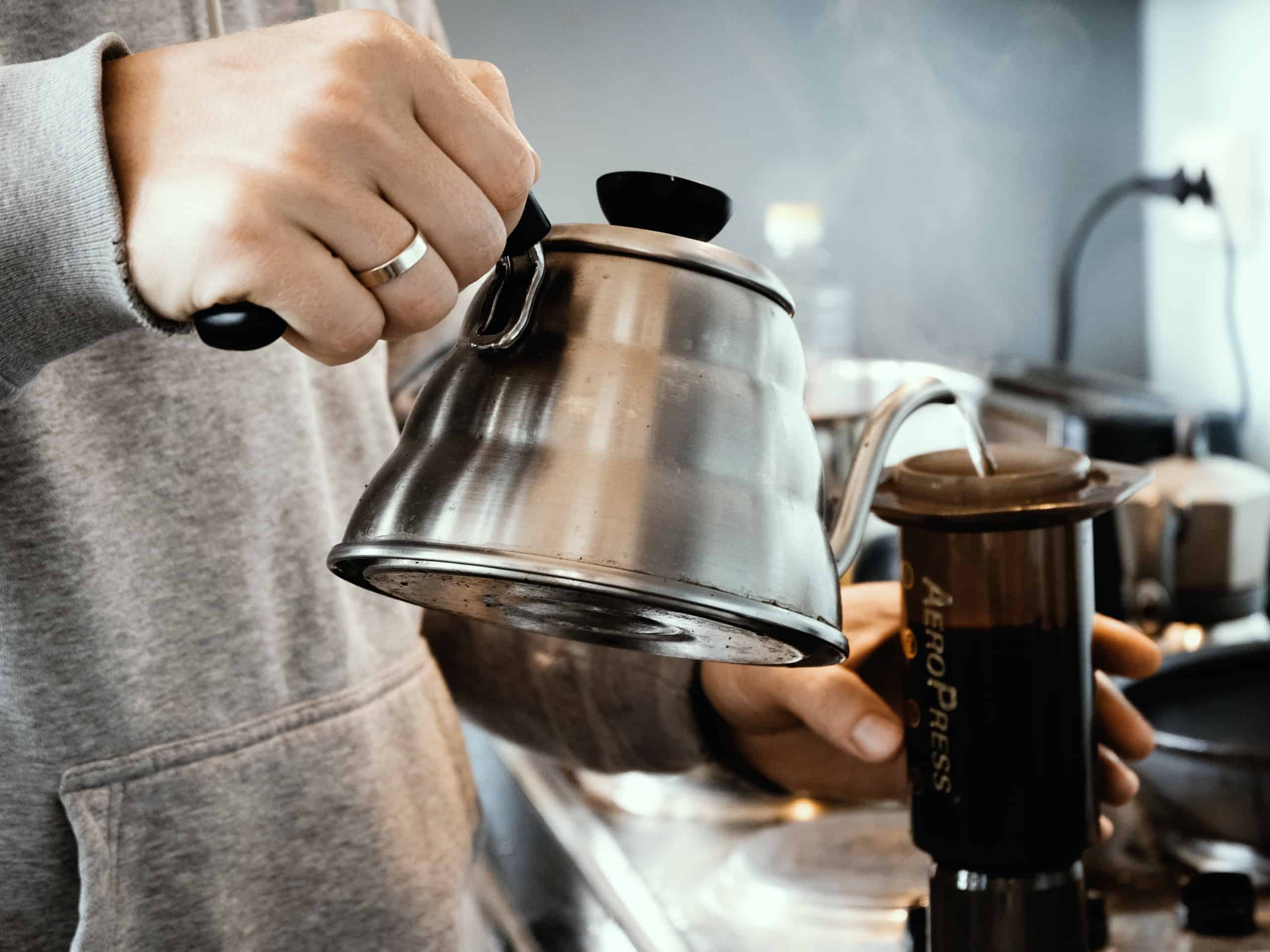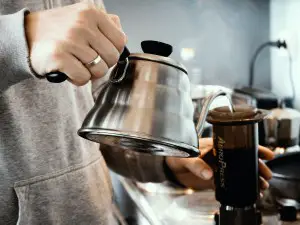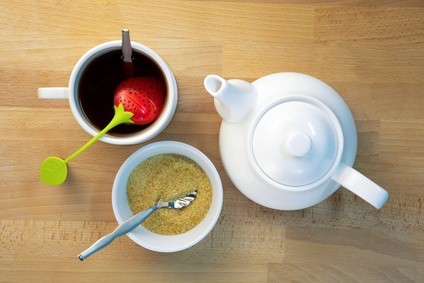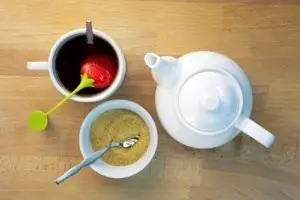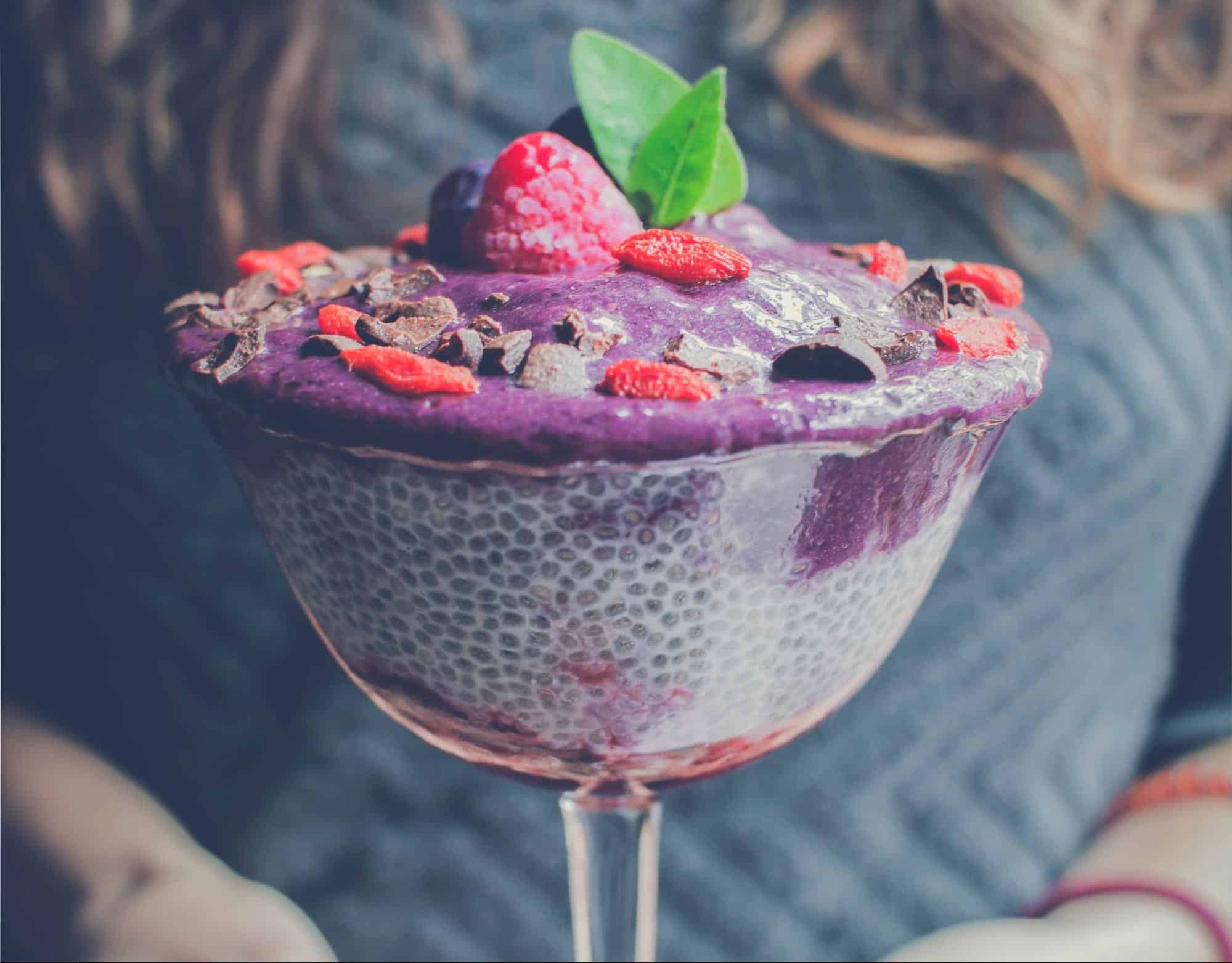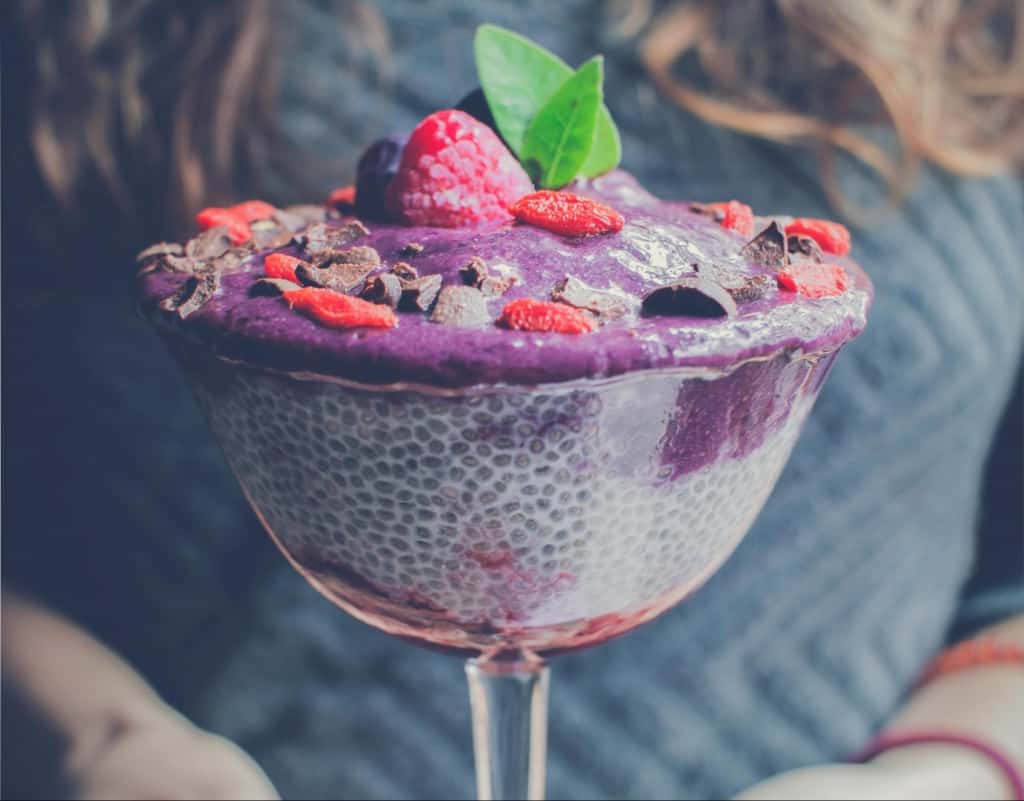Appliances Reviewed is reader-supported. When you buy through links on our site, we may earn an affiliate commission.
As an Amazon Associate I earn from qualifying purchases.
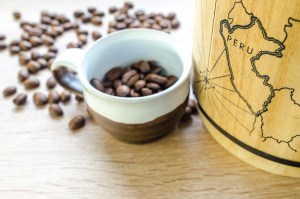 Have you ever wondered what the most elite coffee beans in the world are? From unique flavors to intense aftertaste and fresh aroma in the air, if you’re a true coffee enthusiast, you would probably want to try everything that the coffee industry has to offer.
Have you ever wondered what the most elite coffee beans in the world are? From unique flavors to intense aftertaste and fresh aroma in the air, if you’re a true coffee enthusiast, you would probably want to try everything that the coffee industry has to offer.
If that sounds like an impossible feat, we did the research for you. We compared and reviewed 10 of the world’s best coffee-growing countries that produce the most famous coffee beans that are enjoyed worldwide.
Keep reading to find out more about how the most exotic types of coffee are produced, the specific coffee taste each of them has, the brands that sell them, and the best brewing methods for each country.
What Are The Most Exotic Types Of Coffee Around The World?
Brazilian, Ethiopian, Vietnamese, Greek, or Turkish – which are the countries that produce some of the world’s finest coffee beans and unique coffee flavors? Let’s break down the top 10 countries all over the world and their best coffee brands.
Brazilian Coffee
Brazil is easily associated with high-quality coffee and that is not without reason – their climate is ideal for growing coffee beans. In fact, Brazil is the world’s largest coffee exporter, accounting for the production of one-third of all coffee in the world. So, having these figures in mind, it’s understandable why some of the best coffee beans come from Brazil.
The majority of coffee plantations are located in the southeastern states of Minas Gerais, São Paulo, and Paraná, where two coffee species are grown, arabica and robusta. Arabica dominates the plantations (70%), while robusta is produced more exclusively. Coffee manufacturers sell coffee in two forms – ground/roasted coffee beans and instant coffee. Robusta is mainly produced as an instant coffee and some coffee gurus consider it to be of lower quality.
Taste: Depending on the species, bean variety, and brand, the flavor varies, but you can expect high-quality Brazilian coffee to be of low acidity with a nutty and sweet chocolatey flavor. It’s not very intense, which means it’s a great addition to most blends as it serves as a balancing note.
Where To Find And Buy Brazilian Coffee?
Thankfully, Brazilian coffee is easy to find, and you can order it online through many websites, or even on Amazon. Brazilian coffee blends are often found in supermarkets, although single-origin coffee beans and ground are best purchased from highly-rated sellers on Amazon or other online stores. Most specialized coffee stores have Brazilian coffee beans and grounds. The one thing you should keep in mind is to always buy fresh coffee beans. Since Brazilian coffee is mild, stale beans might be completely flavorless.
Bestseller No. 1

SaleBestseller No. 2

Bestseller No. 3

Bestseller No. 4

The Best Brazilian Coffee Brands
Mundo Novo, Bourbon, Caturra, Catuai, Typica, Acaia, and Icatu, are just some of the most popular coffee varieties grown in Brazil. Most of them are used as a base rather than the main driver of flavor, which is why despite the numerous brands Brazil has, only a few offer premium specialty coffee. Café Pilao, Café do Ponto, Brazil Santos Coffee, Cafe Melitta, and Santa Clara are just some examples.
How To Make Brazilian Coffee?
Brazilians drink their coffee black with a lot of sugar. It’s always a good idea to have Brazilian coffee beans when you want to make your own unique blends, as it’s a great foundation and offers a mild balancing flavor. Espresso is also a specialty for many Brazilians, as it is Brazilian coffee with chocolate or vanilla, and/or milk.
Kenyan Coffee
The coffee industry is very important in Kenya even though around 70% of the coffee is produced by small-scale companies. Some of the major coffee-growing regions in Kenya include Mt. Kenya, Kisii, Nyanza, the Aberdare Range, Nakuru, Kericho, Bungoma, and some other smaller coast provinces.
Most of the coffee grown in Kenya has the Strictly High Grown (SHG) status as the beans are grown between 1,400 meters to 2,000 meters above sea level. The volcanic soils and optimal climate in Kenya allow a lot of coffee varieties to be cultivated, like Batian, Ruiru 11, K7, SL 28, etc.
Taste: The coffee in Kenya resembles the famous Colombia coffee flavor and has a full-body aroma. We can also describe it as crisp and vibrant, with a very rich taste with bitter-sweet cocoa notes. Although, you should note that the flavor and taste vary greatly between regions.
Where To Find And Buy Kenyan Coffee?
You can buy Kenyan coffee in big coffee shops, as well as online shops and markets like Amazon.
When buying Kenyan coffee look for the class label, which grades the quality from 1 (worst) to 10 (best). You may also notice another grading system (Kenya E, Kenya AA, Kenya C, etc.) describing Kenyan beans’ size. The Kenya AA beans are grown 6,600 feet above sea level and are considered one of the finest specialty coffees.
Bestseller No. 1

Bestseller No. 2

Bestseller No. 3

SaleBestseller No. 4

The Best Kenyan Coffee Brands
Because of the high elevation, Kenyan coffee plantations produce some of the best premium gourmet coffees in the world. The best-known brands include Kenya AA Coffee Beans and Kenya Peaberry by Volcanica Coffee, Green Mountain Coffee, Fresh Roasted Coffee, and Coffee Bean Direct, among others.
How To Make Kenyan Coffee?
To fully enjoy the rich taste of Kenyan coffee beans, you should make Kahawa Chunghu (Kenyan Bitter Coffee) as many of the natives do. You can also brew the coffee through the steeping rather than the drip method, which is the best way to savor the subtle aromas. You can use a French Press or an Aeropress to do this.
Guatemalan Coffee
Guatemalan coffee would appeal most to hard-core coffee lovers that want a unique and robust flavor. Although small, Guatemala is one of the top ten coffee producers in the world and delivers some of the finest coffee grounds/beans well-known among coffee experts.
There are eight regions in Guatemala responsible for almost all of the coffee production – Antigua, Acatenango, Atitlán, Cobán, Fraijanes, Nuevo Oriente, and San Marcos.
The coffee plantations are located at an altitude varying from 500–5,000 meters (1,600–16,400 ft) above sea level.
There are three types of coffee beans grown in Guatemala, which are known all over the world – the Antigua Santa Barbara, Huehuetenango, and San Marcos.
Taste: The three types of beans offer three different flavors. San Marcos beans offer a nutty flavor with floral notes. Huehuetenango is sweeter with a caramel-like flavor and a very light aftertaste, while the Antigua Santa Barbara beans produce a sweet and creamy coffee flavor with chocolatey notes.
Where To Find And Buy Guatemalan Coffee?
There are many online websites that offer high-quality Guatemalan coffee grounds, like CafeCampesino, although you can also find some well-reviewed sellers on common marketplaces like Amazon. No matter where you choose to buy from, make sure the seller has good reviews and the coffee beans are fresh.
Bestseller No. 1

SaleBestseller No. 2

SaleBestseller No. 3

Bestseller No. 4

The Best Guatemalan Coffee Brands
When shopping for the best of the best Guatemalan coffee brands, look for Guatemala Peaberry (Volcanica), Guatemala Finca Nuevo Vinas, Guatemala Antigua (Volcanica), Cooper’s Cask Guatemalan, and Pablo’s Pride Guatemala.
How To Make Guatemalan Coffee?
The best thing about Guatemalan coffee is that it’s highly versatile, so you can enjoy it as a hot brew, cold brew, drip coffee, or pour-over coffee. The best methods to make Guatemalan coffee include French Press, Pour-over, and long steeping time for Cold Brew.
Peruvian Coffee
Peru is the third-largest coffee producer in South America, after Brazil and Colombia. In the world, Peru is in eleventh place with around 192,000 tons of coffee produced yearly. Peruvian coffee is considered to be one of the best in the world because most of the production comes from small plantations, where farmers have no access to chemical fertilizers or pesticides.
Coffee plantations can be found in the regions around the Andes mountain range, as the climate there is ideal for growing specialty coffee. The major Peruvian coffee regions are Chanchamayo, Cajamarca, Cenfrocafe, Amazonas, Ayacucho, Cusco, Huánaco.
Taste: Peruvian coffee offers a variety of flavors and tastes but most coffee beans have strong aromatic qualities with a fruity or nutty sweetness. The coffee profile is very rich, so you can expect a pleasant experience even when drinking it black on its own.
Where To Find And Buy Peruvian Coffee?
Single-origin Peruvian coffee might be harder to find in local coffee shops, although you have plenty of options online and on Amazon. When buying, make sure you choose 100% Arabica coffee beans that are grown at least 1,200 meters above sea level. No matter where you’re in the world, you can enjoy high-quality Peruvian coffee beans, and here’s what you should look for.
SaleBestseller No. 1

Bestseller No. 2

Bestseller No. 3

Bestseller No. 4

The Best Peruvian Coffee Brands
The most popular premium Peruvian coffee brands are Volcanica Peruvian Coffee, Fresh Roasted Coffee Peru, Café Altura Peruvian Coffee, Java Planet Decaf Peruvian Coffee, Cubicao Coffee’s Peru, and AmazonFresh Organic Peruvian Ground Coffee.
How To Make Peruvian Coffee?
Most Peruvian coffee beans have a dark roast with smooth and nutty flavors, so you can make a French Press, pour-over coffee, or espresso to make sure you bring out as much flavor as possible. Using these methods, you’ll create a rich and saturated cup of coffee that will overwhelm your taste buds in the best possible way.
Nicaraguan Coffee
Right after Peru comes Nicaragua, which produces more than 130,000 tons of coffee a year. Nicaragua may be a small country, but the coffee industry plays a big part in the country’s history and economy. Some of the regions that produce great coffee are the Managua Department, Diriamba, San Marcos, Lake Nicaragua, Nueva Segovia, although the best coffee is believed to be produced in Matagalpa and in Jinotega.
Coffee in Nicaragua is grown between 1097 and 1600 meters above sea level, although there are some regions with much lower sea levels that grow coffee successfully. Although the coffee isn’t grown at a very high elevation, it’s still considered high-quality and premium because Nicaragua grows mainly organic arabica beans. You can expect to find the following types of coffee beans: Caturra, bourbon, red and yellow Catuai, Maragogype, Pacamara, and others.
Taste: Nicaragua coffee delivers a mild taste and a flavor of smooth and medium body with mild acidity and fruity, crisp notes.
Where To Find And Buy Nicaraguan Coffee?
The best place to find and buy Nicaraguan coffee is at a trusted local store where you can be sure you’re getting fresh coffee beans/grounds. However, you also have a variety of options online where you can find the most famous brands from Nicaragua. Make sure you buy from a website that delivers within a week once you place your order. Don’t buy from off-the-shelf brands because the coffee might have been produced a long time ago and the flavor might be mostly gone.
Bestseller No. 1

Bestseller No. 2

Bestseller No. 3

SaleBestseller No. 4

The Best Nicaraguan Coffee Brands
Some of the best Nicaraguan coffee brands worth your attention include Matagalpa – Nicaragua Coffee (Volcanica), Finca El Bosque (Rave Coffee), Nicaragua Dry Process Java Cultivar (Sweet Maria’s), and Tiny Footprint Coffee – Fair Trade Organic Nicaragua Segovia.
How To Make Nicaraguan Coffee?
If you like to roast your coffee at home, Nicaraguan coffee beans are a pretty safe and easy bet. Use elephant beans to make a medium roast, while dark roasts create richer but more subtle taste. Beans from Jinotega and Matagalpa are great for dark roasts and espresso. Elephant beans should be used only for light to medium roasts.
To fully enjoy the flavor of Nicaraguan coffee, use an espresso machine or a cold brew method with room temperature filtered water.
Cuban Coffee
If you prefer strong coffee, then you’re surely familiar with the Cuban coffee brands, but in case you’re not – you’re missing out a lot. While Cuba has been a major player in the coffee production industry in the past, today it exports less 6,000 tons of coffee yearly. However, the smaller production hasn’t affected the quality and strength of the coffee grown in Cuba, which is why Cuban coffee is known all around the world, making it even more exclusive.
90% of the coffee plantations can be found in the Sierra Maestra mountains where a variety of arabica and robusta coffee beans are grown. The most famous coffee types in Cuba are Cortadito, Café con Leche, and Colada.
Taste: Cuban coffee has a strong and intense taste, darker tones, and thicker consistency. Most of the beans are entirely organic and hand-picked. However, the single-most defining characteristic of Cuban coffee is the unique sweetness that comes from the hydrolysis of the sucrose in the demerara sugar. The coffee is usually pre-sweetened before brewing, which results in the familiar taste. It’s not the same as sweating the coffee while brewing it after, which is why Cuban coffee is incredibly unique.
Where To Find And Buy Cuban Coffee?
Unfortunately, sourcing original Cuban coffee in the USA can be difficult because of the complex trade relations between the two countries. If you’re in Europe or Japan, on the other hand, you might even find Cuban coffee in some local coffee shops. Online websites and marketplaces like Amazon might be a good alternative, although you might have to compromise on the freshness of the coffee. Another possible solution is to buy coffee from Cuban-style coffee brands, which are not sourced from Cuba but are suitable for making Cuban-style coffee.
SaleBestseller No. 1

Bestseller No. 2

Bestseller No. 3

SaleBestseller No. 4

The Best Cuban Coffee Brands
The best brands that offer coffee grown in Cuba include Supreme by Bustelo Whole Bean, Mayorga Organics Cafe Cubano, and Café La Llave Espresso.
How To Make Cuban Coffee?
If you want to follow the Cuban tradition, the first thing you should acquire is a Moka pot, in which Cubans make their coffee. The pot is made from stainless steel material and the coffee is brewed by pushing water up through the coffee grounds with the help of steam pressure.
Vietnamese Coffee
After Brazil, Vietnam is the second-largest coffee producer in the world. True coffee aficionados are probably familiar with the cà phê đá, the most popular Vietnamese iced coffee, although Vietnam has a lot more to offer. In fact, up to 90 – 95% of the coffee production in Vietnam is being exported all around the world. Today, Vietnam is considered to be one of the most competitive producers of robusta coffee.
The majority of the coffee plantations in Vietnam produce robusta coffee, which is considered to be more bitter and less aromatic than arabica. Robusta is generally used for making instant coffee and low-quality blends, although most people are drinking Vietnamese coffee without even realizing it. Nescafé, Starbucks, Boncafé, and other major coffee brands use Vietnamese coffee for some of their most popular coffee drinks.
Taste: Vietnamese coffee is twice as strong as other arabica coffee beans, and has a distinctive flavor due to the high acidity and thick lingering taste. Most of the time, some of the beans in the blend are over-roasted, which results in a unique aroma.
Where To Find And Buy Vietnamese Coffee?
Vietnamese coffee is distributed all around the world, which means you can find it at local coffee shops, some larger supermarkets, or even common online marketplaces fairly easily. When buying Vietnamese coffee, make sure the beans/grounds are fresh and fair-trade sourced.
Bestseller No. 1

SaleBestseller No. 2

Bestseller No. 3

Bestseller No. 4

The Best Vietnamese Coffee Brands
Some of the best Vietnamese coffee brands you can find online and in-store are Chestbrew – Moon Bear Premium Vietnamese Coffee, Trung Nguyen -Premium Blend, Dalat Peaberry Robusta, Lang Thang – Saigon Phin Daklak, and VN Roaster – Butter Roasted Coffee.
How To Make Vietnamese Coffee?
While Brazilian, Kenyan, and even Guatemalan coffee are more suited for the French Press method, Vietnamese coffee is almost always made using the drip method. However, there are other characteristics that make Vietnamese-style coffee unique.
Generally, the coffee is prepared in single-cup filters/brewers known as phin. The coffee is served while still brewing and it’s mixed with sweetened condensed milk instead of fresh milk. Most famous Vietnamese coffee recipes include Coffee with milk (ca phe nau), Yoghurt coffee (sua chua ca phe), Egg coffee (ca phe trung), Coconut coffee (ca phe cot dua), and many more.
Greek Coffee
Have you ever heard of frappé coffee? If you have, then you’re already familiar with the most popular greek iced-coffee. As opposed to all other counties that we mentioned so far, Greece doesn’t grow their own coffee. Greeks are famous for being among the world’s 20 biggest coffee drinking nations, with 5.4 kg of annual coffee consumption per capita.
Greece imports coffee from Latin America’s countries like Brazil and Colombia, as well as African countries like Kenya and Ethiopia.
The Frappe was invented through experimentation with instant coffee by Dimitris Vakondios, who was a Nescafe representative back in 1957 in Thessaloniki. This is why the Nescafe brand offers a special Nescafe Frappe instant coffee. Frappe basically means “a drink chilled with ice” which is exactly how one can describe the famous Greek coffee.
Taste: The Frappe has a distinctive mild taste, with a subtle nutty flavor. It’s really sweet since it’s made with sugar and milk. Some recipes use melted chocolate, which makes the frappe even sweeter. Without sugar, the frappe has a strong, bitter taste.
How To Make Greek Coffee?
To make Greek frappe iced-coffee, you need to buy granulated instant coffee from a brand that you trust (in Greece, Nescafe is what’s generally used, milder and sweeter blends in particular). You’ll also need a cocktail shaker or an electric milkshake maker.
First, add the coffee, sugar, and 50-70 mg of water in a high cup and blend until you create a thick foam. Take a high serving mug or glass, add two or three ice-cubes, and pour the blended coffee mixture over. Then fill the rest of the glass with milk (if you like it stronger, use less milk), and you’re done.
Turkish Coffee
Just like Greece, there isn’t a single coffee tree in Turkey, although the whole world has heard about the famous Turkish coffee. It’s a unique and distinctive style of preparing hot brewed coffee, without filtering. Turkish coffee made our list because it’s hard to call yourself a true coffee expert without trying the traditional Turkish coffee.
Taste: Turkish coffee has a very thick consistency and a grainy taste since it’s not filtered. The flavor is bittersweet with bold smokey notes. It has a distinctive and rich aftertaste because you’re drinking the unfiltered coffee itself. Depending on the coffee beans used, there will be some subtle variations in the taste.
Where To Find And Buy Turkish Coffee?
Since Turkey doesn’t grow its own coffee, to make Turkey-style coffee, you’ll need finely ground arabica coffee that has a powder-like consistency. If you can’t find some Turkish coffee brands, you can ask your local coffee shop to have your arabica coffee ground for Turkish coffee.
SaleBestseller No. 1

Bestseller No. 2

SaleBestseller No. 3

Bestseller No. 4

The Best Turkish Coffee Brands
On Amazon, you can find some of the best Turkish coffee brands, which are Mehmet Efendi – Kurukhaveci, Nurettin Kocatepe (known as the Ataturk’s coffee), Cezbeli, Dunyasi, Tugba, and more.
How To Make Turkish Coffee?
To prepare authentic Turkish coffee, you’ll need an ibrik – a small coffee pot in which the coffee is boiled.
Turn the stove on, and add 1 cup (as much as your serving cup) room temperature water in the ibrik. After this, add 1 to 1 ½ tsp of coffee, and one tsp of sugar (although this depends on your personal preferences and taste). Mix the coffee mixture with a spoon and place the ibrik over the stove. Boil until there’s a thin foam over the coffee. Once the coffee starts to rise, remove it from heat and pour it in the serving cup. Don’t mix, because it’s not filtered and you’ll ruin the consistency.
Ethiopian Coffee
Ethiopia has an incredibly diverse variety of geographical sub-regions, from depressions to mountains with 4,600 meters above sea level peaks – the Semien mountains. Considering its geographical variety, it comes as no surprise that Ethiopia is the origin of all coffee, as arabica was first found there and then distributed around the world. It all began around 1,000 years ago, in Ethiopia’s southwestern highlands, specifically the region named Kaffa, which is where the name of this beloved drink actually originates. However, ancient texts give evidence that coffee drinking might have even begun as early as the 9th century in Ethiopia.
Ethiopia enjoys an ideal production environment for growing some of the finest coffee beans in the world. The major regions where coffee arabica is grown include Sidamo, Genika, and Harar. Genika is arguably the most famous, as “Ethiopia Genika” has become an elite type of arabica coffee of single origin grown exclusively in the Bench Maji Zone of Ethiopia.
When it comes to coffee bean variety, Ethiopian coffee can be divided into three categories: Longberry, Shortberry, and Mocha. Longberry is considered to be of the highest quality, while Mocha beans are known for their distinctive chocolatey and fruity notes.
Taste: Depending on the region where it’s been grown, Ethiopian coffee varies in taste. Sidamo regions are famous for their strong lemon and citrus notes that follow their strictly high grown beans. Genika coffee beans have more chocolate-like taste, while the Harar coffee beans are known for their mocha flavor.
Where To Find And Buy Ethiopian Coffee?
Buying single-origin Ethiopian Coffee is not a hard task, although you should be careful and buy only from trusted sellers, to ensure you don’t end up with a blend of beans with compromised quality. A lot of online coffee-shops offer coffee from famous Ethiopian coffee brands, and some of them can even be found on common marketplaces like Amazon.
SaleBestseller No. 1

Bestseller No. 2

Bestseller No. 3

SaleBestseller No. 4

The Best Ethiopian Coffee Brands
The best Ethiopian coffee brands are Volcanica Ethiopian Yirgacheffe, Stumptown Coffee Roasters Ethiopia Mordecofe, Sweet Maria’s Ethiopian Coffee Beans, Organic Sidamo – FreshRoastedCoffee, Oromia Gomma Microlot Coffee – Cooper’s Coffee Company, and Bekama Solinté Organic Coffee.
How To Make Ethiopian Coffee?
When searching on the internet, you’ll get a lot of results referencing a “ceremony” or “the importance of the ritual” when making Ethiopian coffee. This highlights the specific process when brewing Ethiopian coffee. The first step is to wash the fresh Ethiopian beans to remove the skin. After this, the beans are roasted over a tiny charcoal stove. The next step is grinding the beans, which traditionally is done with a pestle and a mortar. Finally, the coffee powder should be boiled in a jebena – a traditional coffee boiling pot. Here’s a more specific recipe you can follow.
Before You Go
Hopefully, our article will be of use to you the next time you go shopping for a new coffee or at least motivate you to start experimenting with new flavors. You can now make an informed decision on how to combine the beans to make a delicious personalized coffee blend or filter the good from the low-quality beans.
To find out more about coffee, coffee products, and recipes that go perfectly with a cup of coffee, make sure to visit our blog.
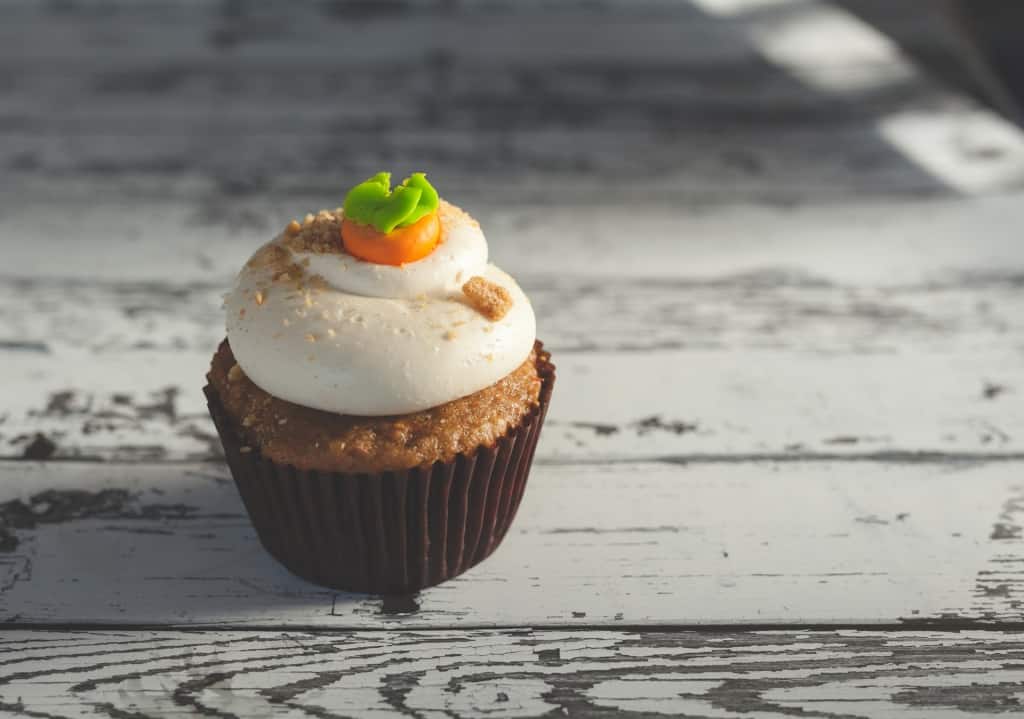

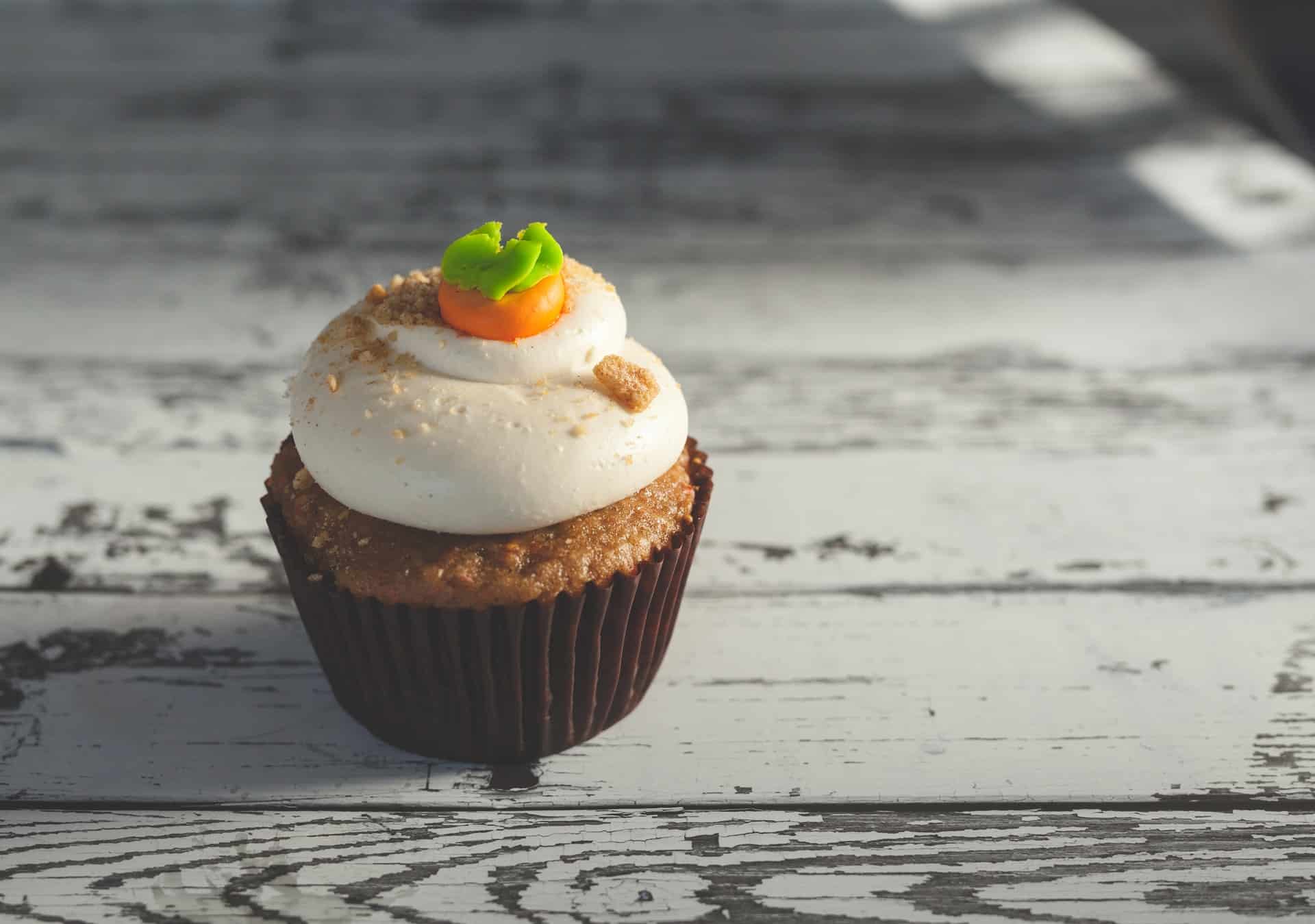
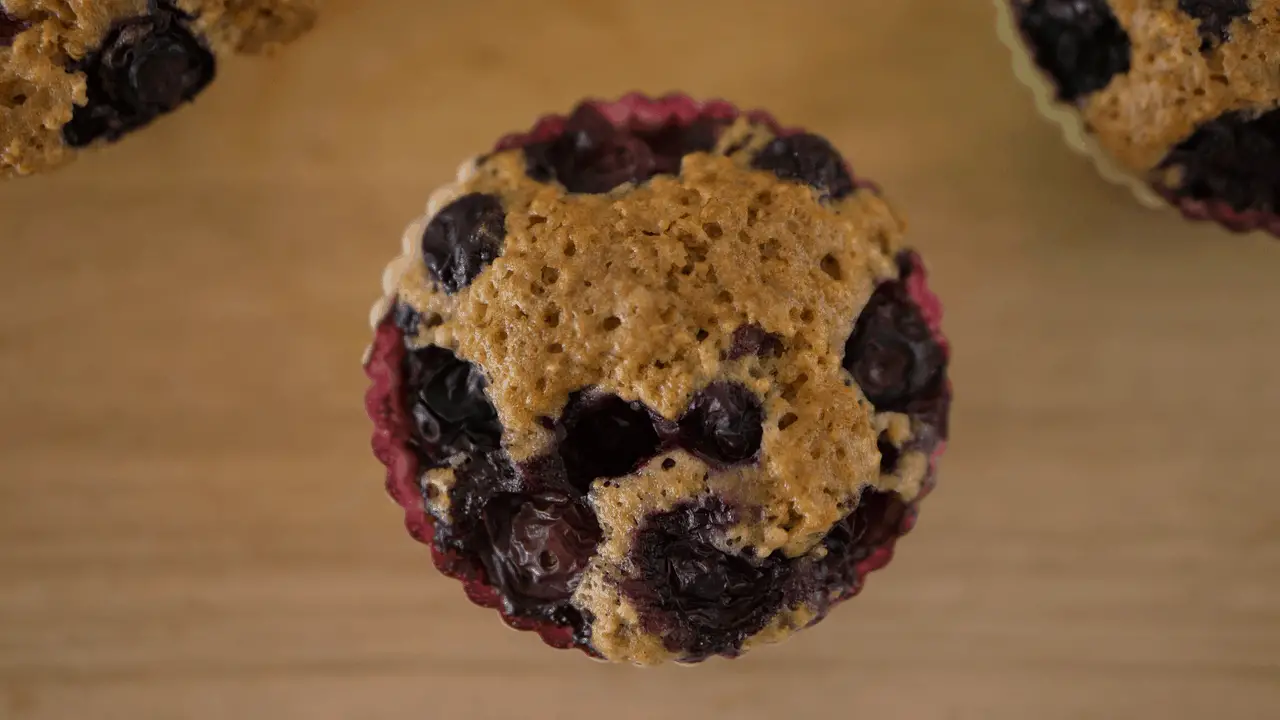
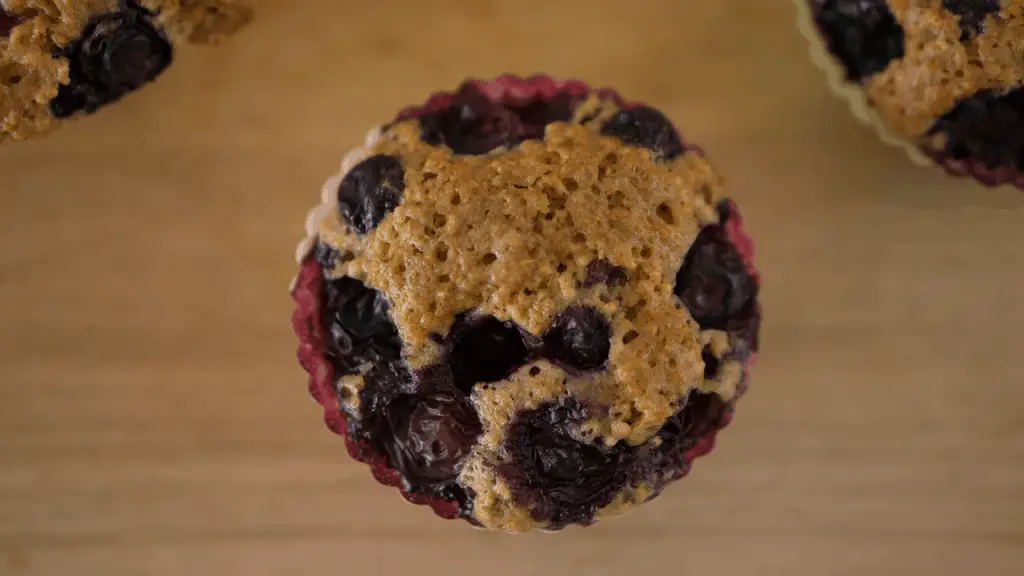
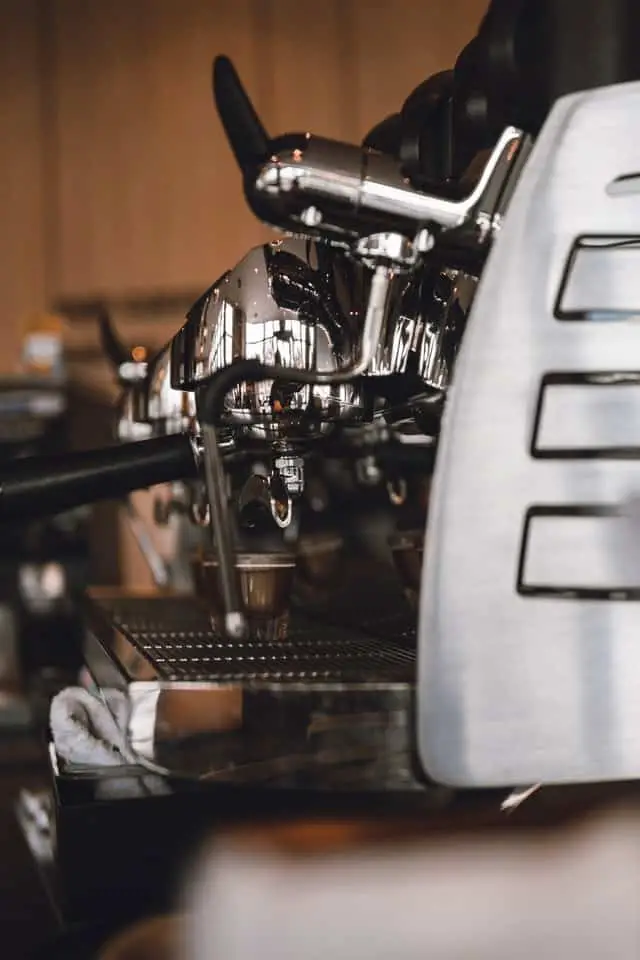
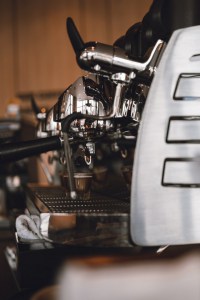 Coffee is the staple drink of every morning routine. Well, nearly every morning routine – a 2018 study published by the National Coffee Association reported that
Coffee is the staple drink of every morning routine. Well, nearly every morning routine – a 2018 study published by the National Coffee Association reported that 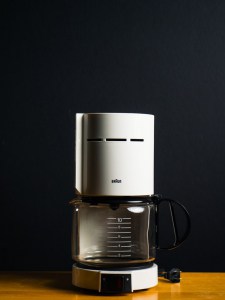 Let’s start off with the classics, and nothing is more contemporary Americana than drip coffee makers. Drip coffee makers can be found in homes, hotels, motels, offices, support groups… Their popularity can easily be attributed to their ease of use, consistent results, and ability to produce a big batch of coffee with minimal effort on your part.
Let’s start off with the classics, and nothing is more contemporary Americana than drip coffee makers. Drip coffee makers can be found in homes, hotels, motels, offices, support groups… Their popularity can easily be attributed to their ease of use, consistent results, and ability to produce a big batch of coffee with minimal effort on your part.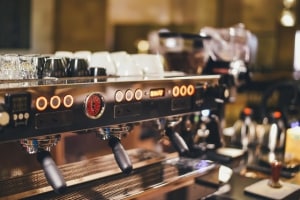 Espresso machines can bring the full coffee shop experience to your home. If you’re an avid espresso lover, you may find the effort and additional cost that come with an espresso machine well worth the cup of full-bodied, rich, tasty espresso brew.
Espresso machines can bring the full coffee shop experience to your home. If you’re an avid espresso lover, you may find the effort and additional cost that come with an espresso machine well worth the cup of full-bodied, rich, tasty espresso brew.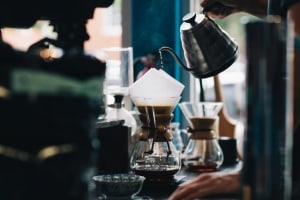 Pour-over coffee makers are a simple yet delicate way to produce a custom cup of coffee that’s per your taste. Pour-over coffee makers consist simply of a cup with holes on the bottom, which you can place over any mug or carafe to make as much coffee as you want.
Pour-over coffee makers are a simple yet delicate way to produce a custom cup of coffee that’s per your taste. Pour-over coffee makers consist simply of a cup with holes on the bottom, which you can place over any mug or carafe to make as much coffee as you want.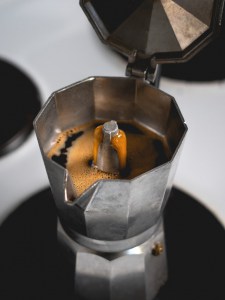 Moka pots are my go-to method when I want a rich, full-bodied cup of coffee that gets as close to an espresso as possible without actually using an espresso machine. Although it’s not as dark as an espresso, a Moka pot will give you a thick, deeply dark cup of delicious coffee that’s also made on the principle of using high-pressure to extract the coffee grounds.
Moka pots are my go-to method when I want a rich, full-bodied cup of coffee that gets as close to an espresso as possible without actually using an espresso machine. Although it’s not as dark as an espresso, a Moka pot will give you a thick, deeply dark cup of delicious coffee that’s also made on the principle of using high-pressure to extract the coffee grounds.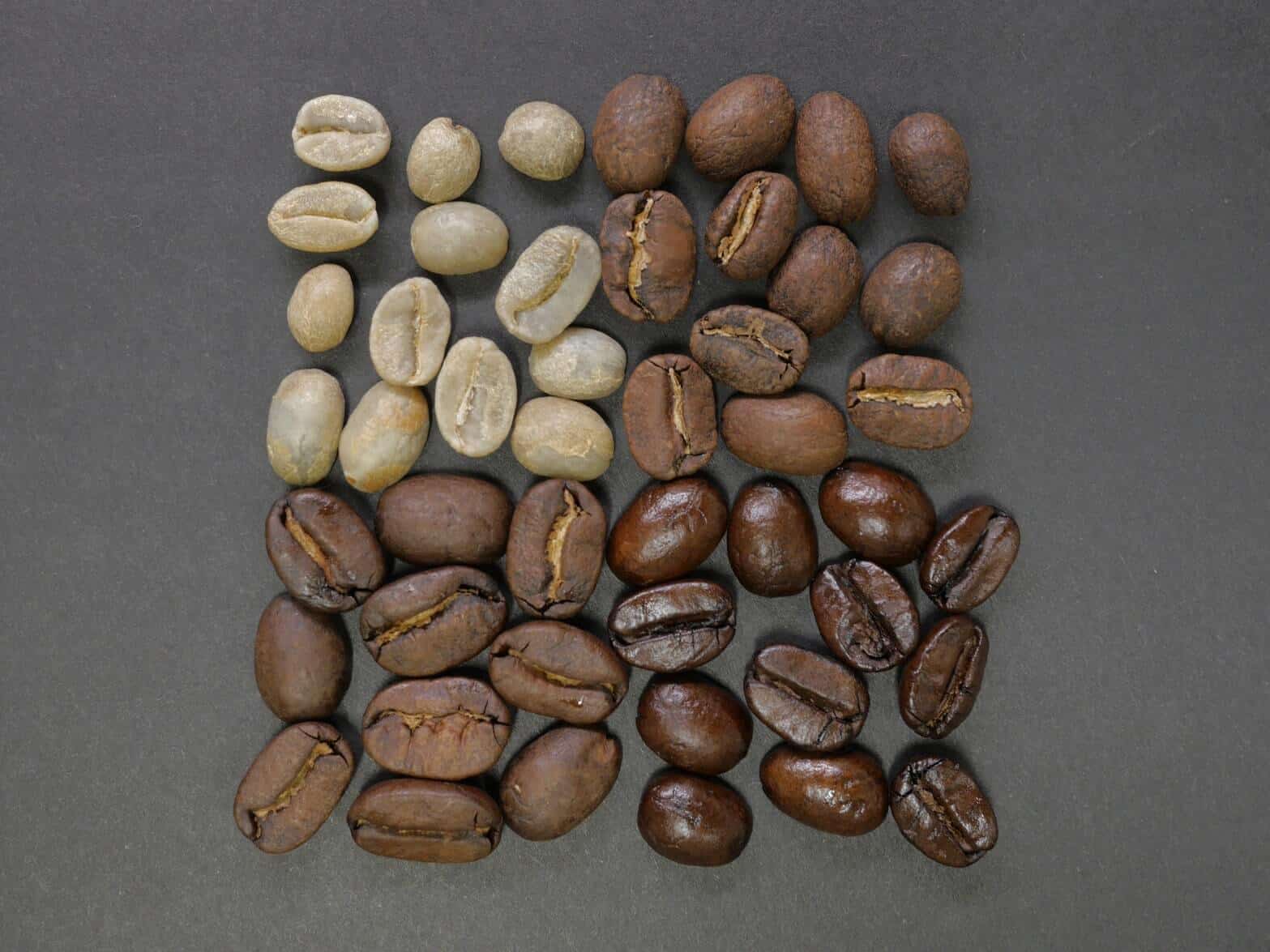
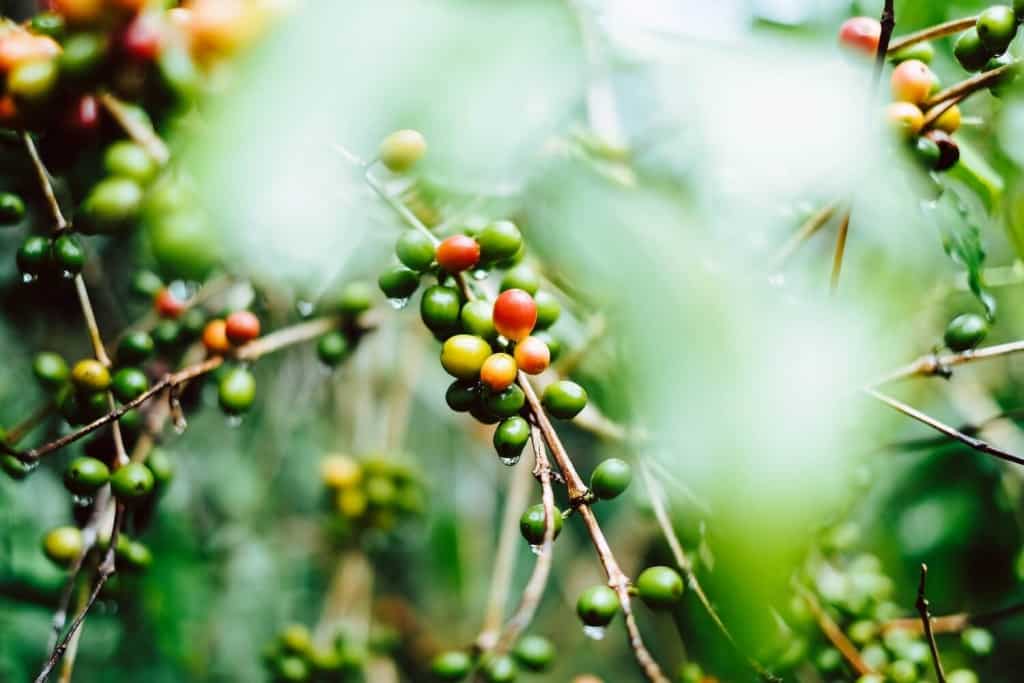
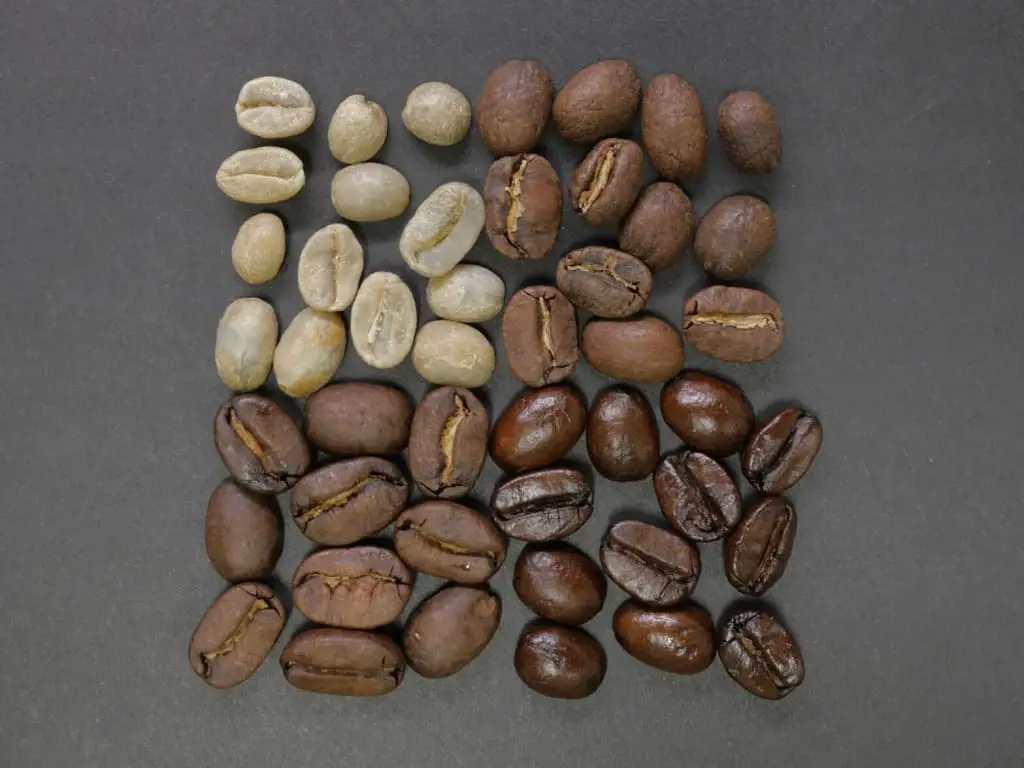

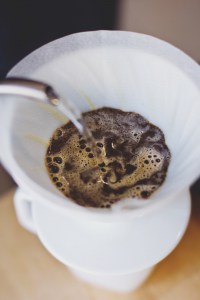 You don’t have to dough out a lot of money for an expensive espresso machine to get great-tasting coffee in your home. A simple and elegant solution is a pour-over coffee maker. Pour-over coffee makers are easy to use, affordable, and most important of all – allow you to create a cup of java that has all the notes and flavors that can be extracted from a good coffee bean.
You don’t have to dough out a lot of money for an expensive espresso machine to get great-tasting coffee in your home. A simple and elegant solution is a pour-over coffee maker. Pour-over coffee makers are easy to use, affordable, and most important of all – allow you to create a cup of java that has all the notes and flavors that can be extracted from a good coffee bean.




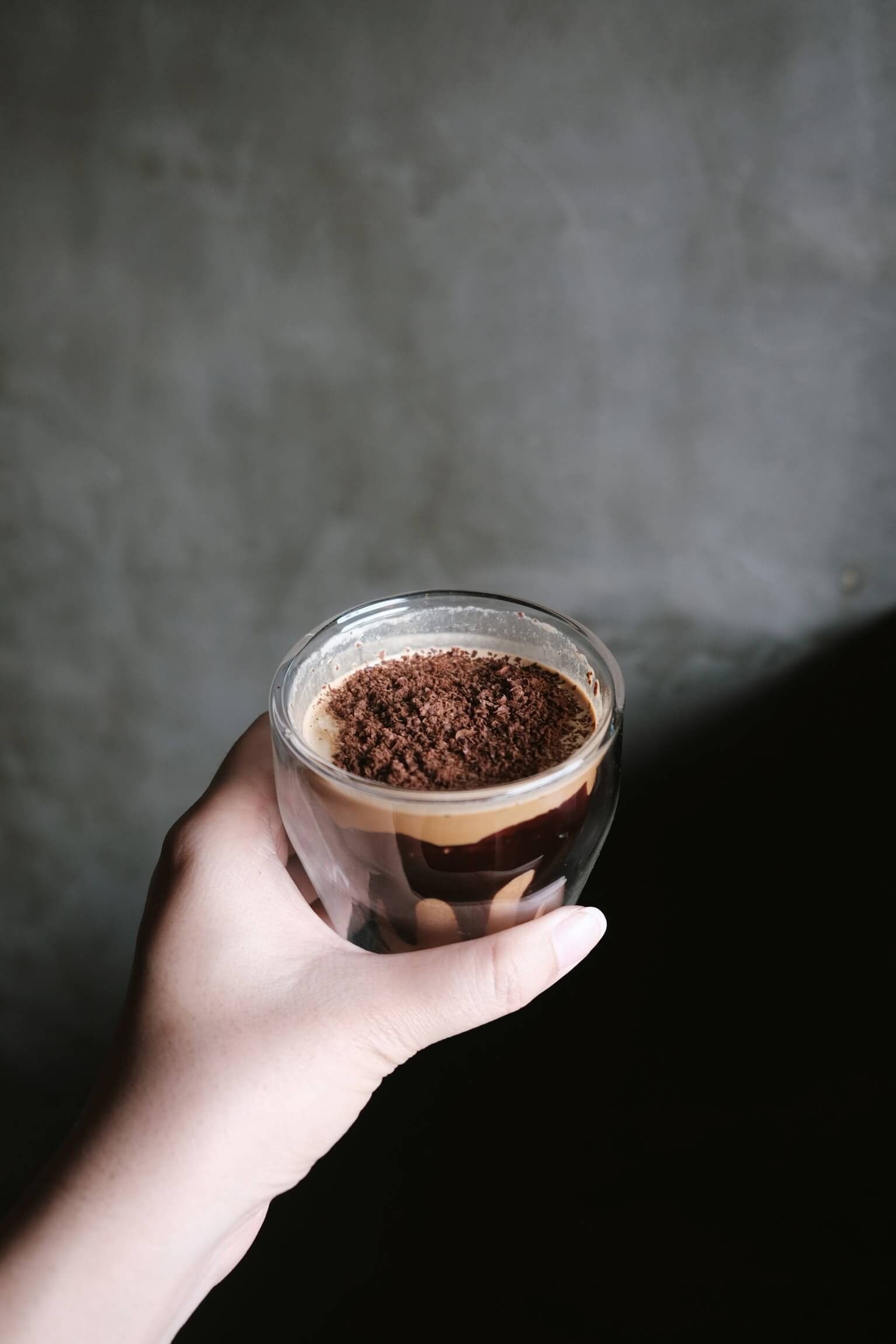
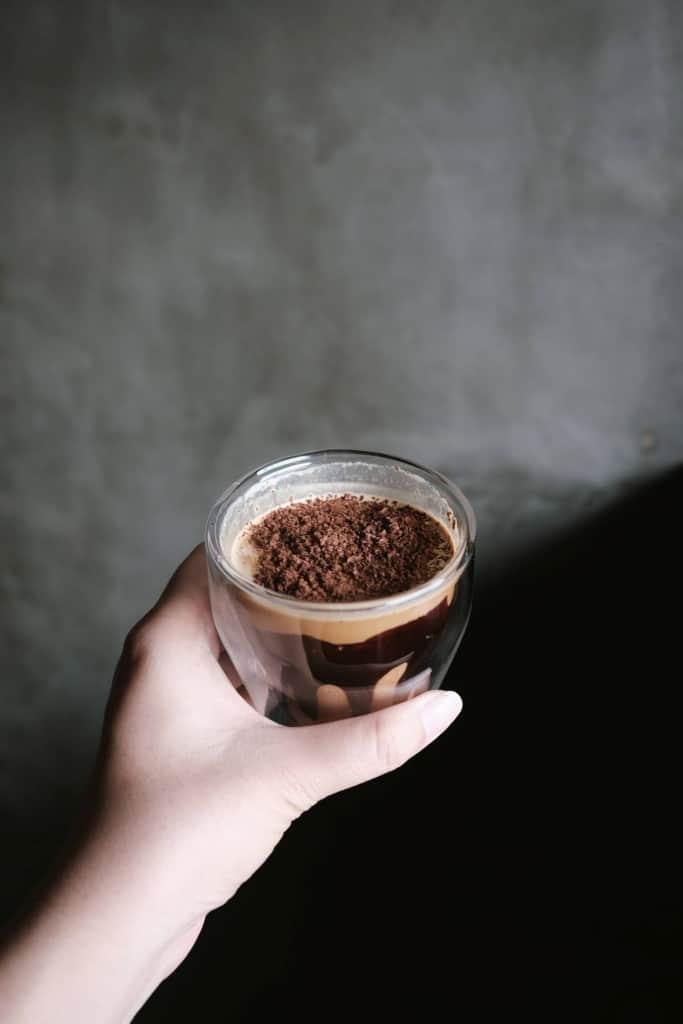
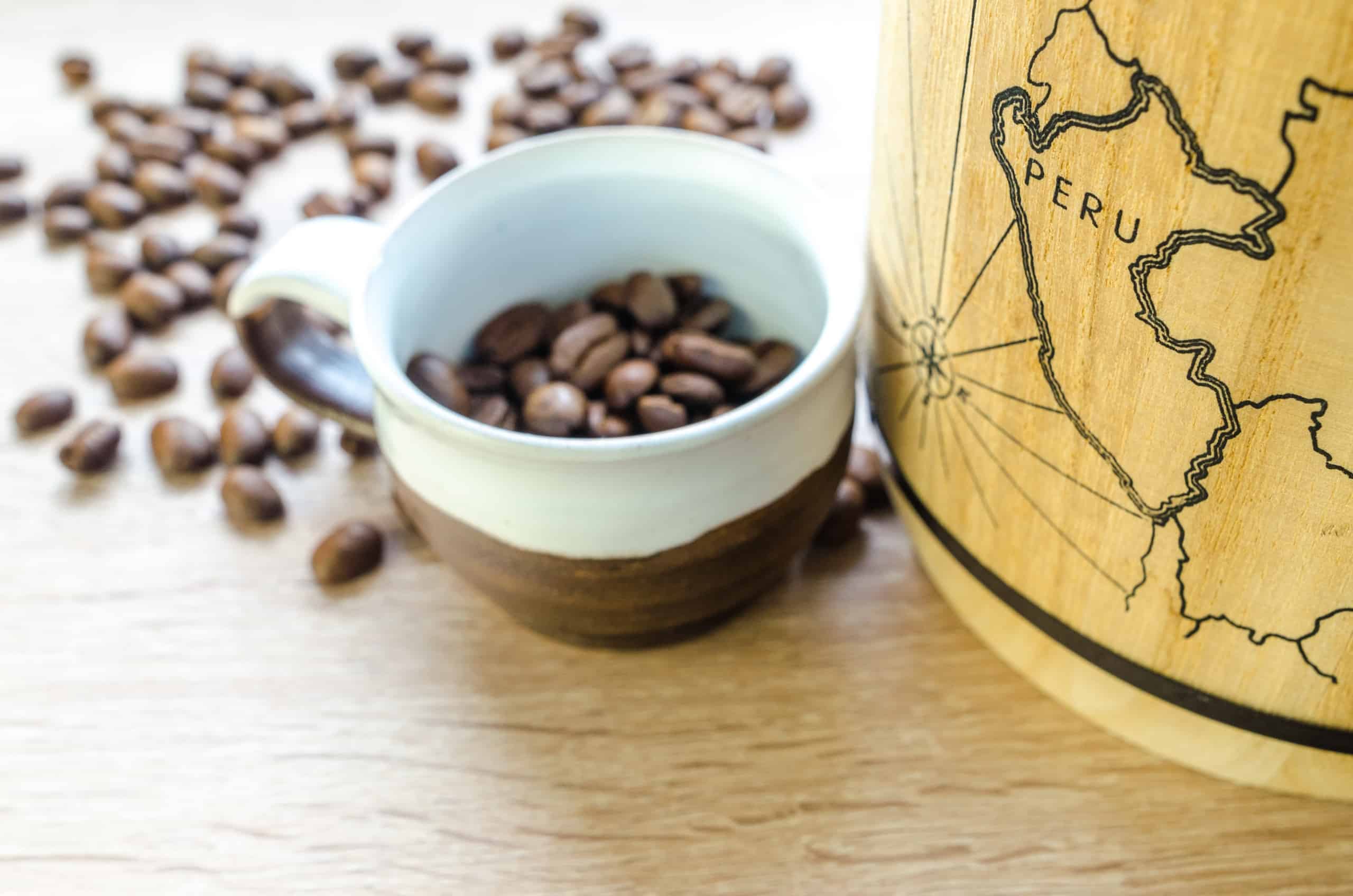
 Have you ever wondered what the most elite coffee beans in the world are? From unique flavors to intense aftertaste and fresh aroma in the air, if you’re a true coffee enthusiast, you would probably want to try everything that the coffee industry has to offer.
Have you ever wondered what the most elite coffee beans in the world are? From unique flavors to intense aftertaste and fresh aroma in the air, if you’re a true coffee enthusiast, you would probably want to try everything that the coffee industry has to offer.